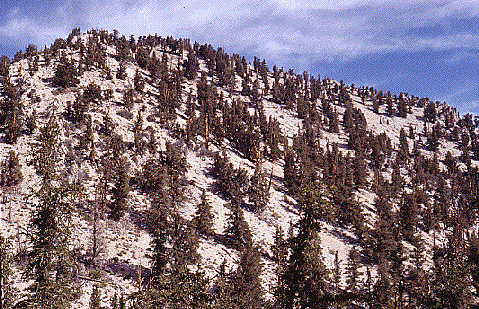The Holocene
The last ~10,000 years


Another name for the Holocene that is sometimes used is the Anthropogene, the "Age of Man." This is somewhat misleading: humans of our own subspecies, Homo sapiens sapiens, had evolved and dispersed all over the world well before the start of the Holocene. Yet the Holocene has witnessed all of humanity's recorded history and the rise and fall of all its civilizations. Humanity has greatly influenced the Holocene environment; while all organisms influence their environments to some degree, few have ever changed the globe as much, or as fast, as our species is doing. The vast majority of scientists agree that human activity is responsible for "global warming," an observed increase in mean global temperatures that is still going on. Habitat destruction, pollution, and other factors are causing an ongoing mass extinction of plant and animal species; according to some projections, 20% of all plant and animal species on Earth will be extinct within the next 25 years.
Yet the Holocene has also seen the great development of human knowledge and technology, which can be used -- and are being used -- to understand the changes that we see, to predict their effects, and to stop or ameliorate the damage they may do to the Earth and to us. Paleontologists are part of this effort to understand global change. Since many fossils provide data on climates and environments of the past, paleontologists are contributing to our understanding of how future environmental change will affect the Earth's life.
For more on the Holocene:
Get the latest on global warming from this global warming update from NOAA, or peruse the Global Change Master Directory from NASA.
Browse abstracts of the latest Holocene research in the Journal of Paleolimnology or the Holocene Journal. Or get in touch with the Quaternary Research Association. There's quite a lot of information on the Holocene on the Web, so keep on surfing!


